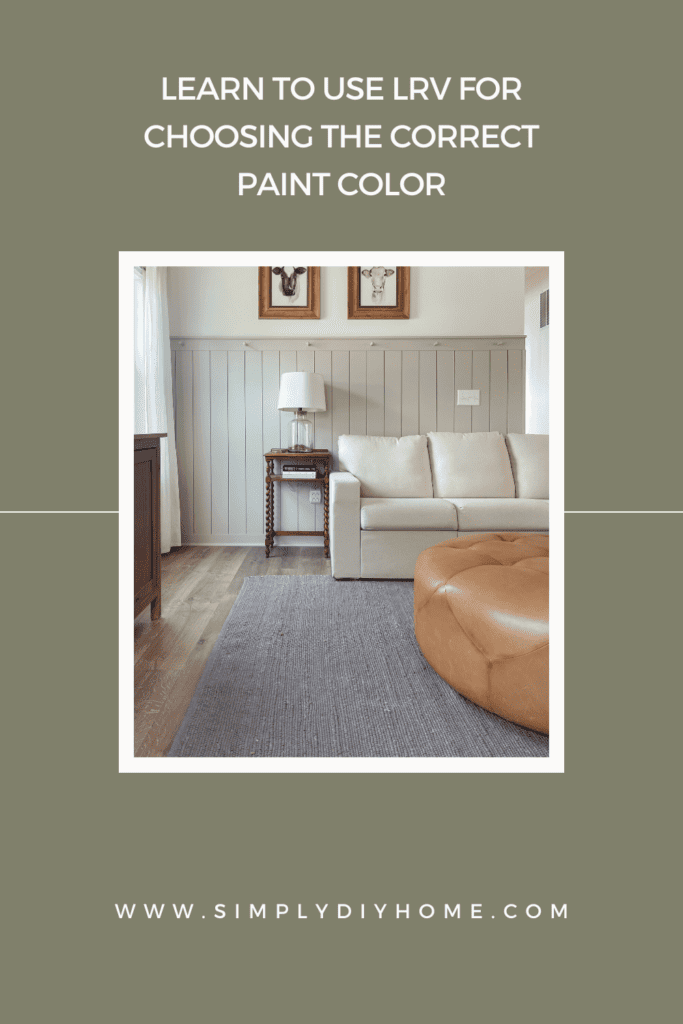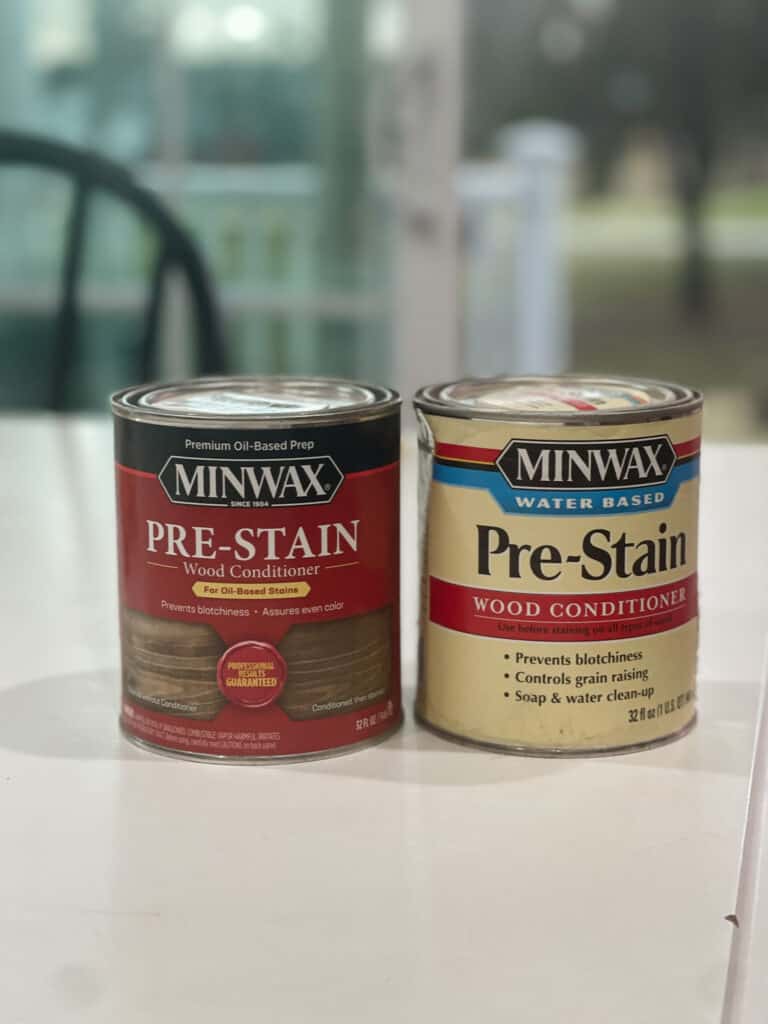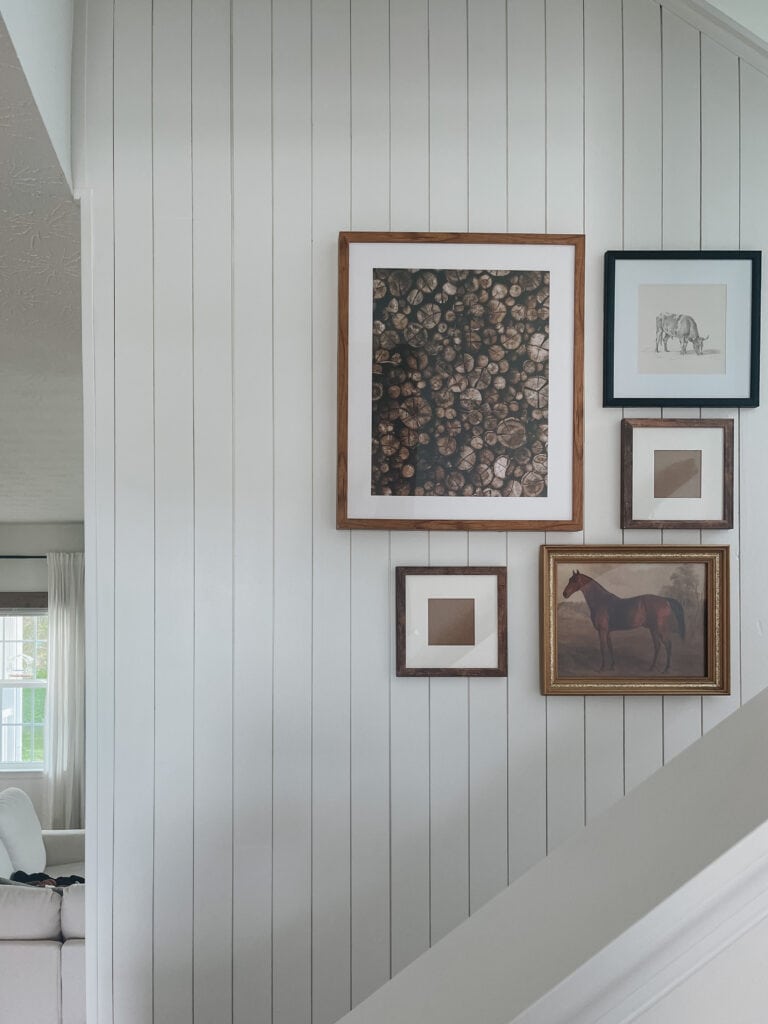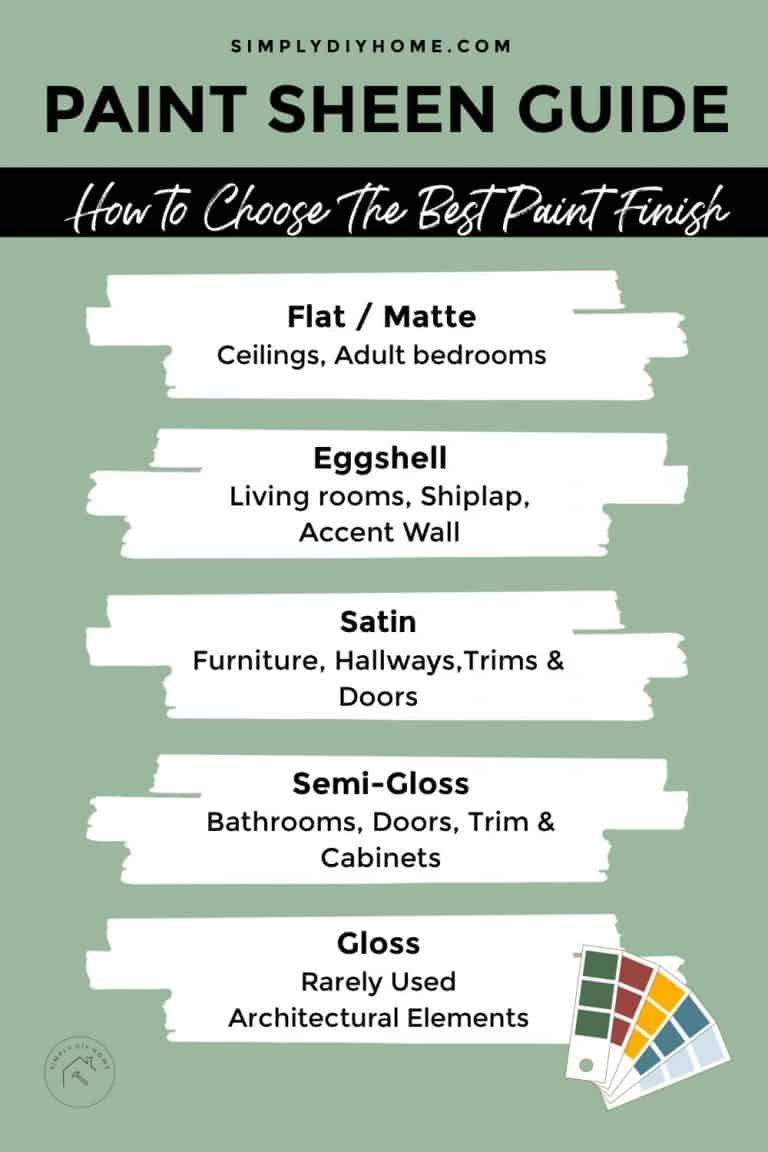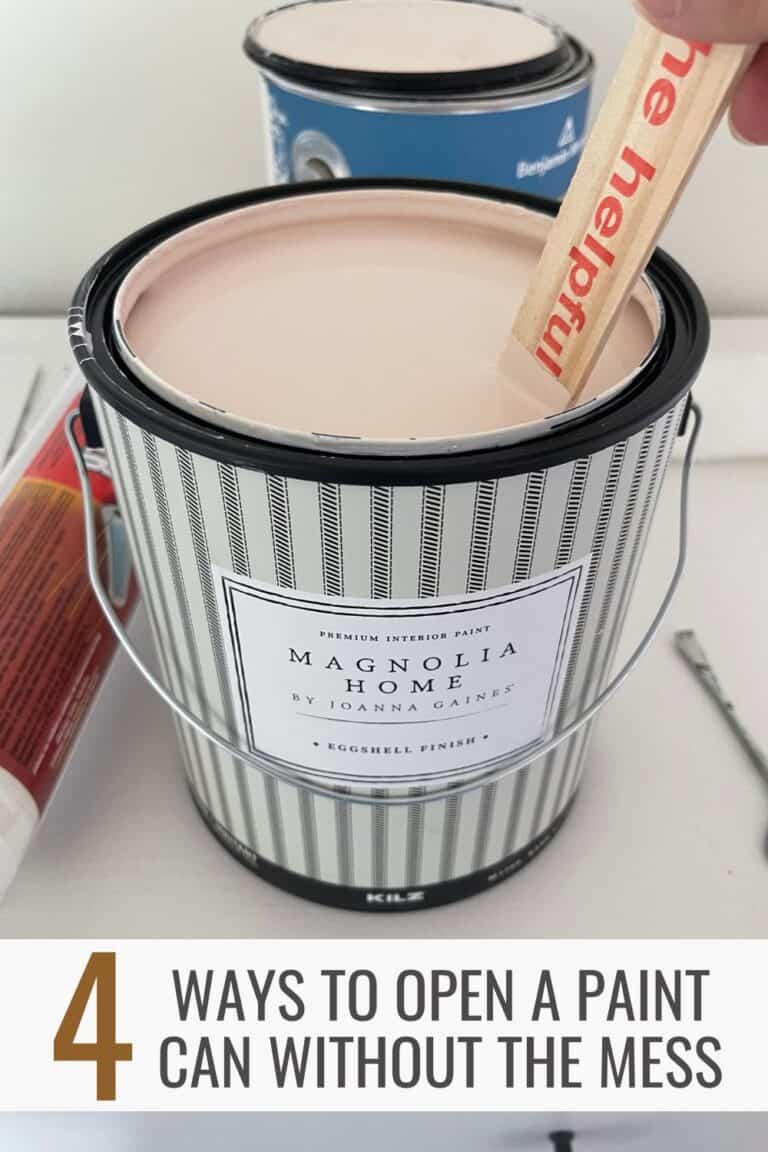Let’s break down the true meaning of LRV (Light Reflectance Value) and how it can affect your choice of paint color for your space!

Choosing a paint color for you space can be confusing. Will this look good in my space? Is this paint color to dark for my low light room? There are so many questions like these that run through your head when picking the perfect color.
I’m going to share a little secret with you that makes picking the right paint color a lot easier! LRV will help you know what colors are right for your space. Whether you have no natural light or a ton of light, knowing the LRV of a color will make you better understand if that color is right for you!
Let’s dig in and learn all about LRV!
[AFFILIATE LINKS ARE PROVIDED BELOW FOR CONVENIENCE. FOR MORE INFORMATION SEE MY DISCLOSURE HERE.]
What Does LRV Stand For In Paint?
LRV stands for Light Reflectance Value. It measures the percentage of light that a color reflects or absorbs. This value helps determine how light or dark a paint color will appear in a space.
LRV uses a scale from 0-100, with 0 being absolute black (no light reflected) and 100 being absolute white (all light reflected).
What Are The LRV Ranges & Why Do They Matter?
Understanding LRV ranges can significantly impact the vibe and functionality of your room. Here’s are the different LRV ranges and what they could mean for your space:
- LRV 0-25: Colors in this range are very dark and absorb a significant amount of light. They create a cozy and intimate atmosphere but can make spaces feel smaller and less airy.
- LRV 25-50: Colors in this range are moderately dark to medium-toned. They can add warmth and depth to a room without overwhelming it.
- LRV 50-75: Colors in this range are light to moderately light and reflect a considerable amount of light. They make spaces feel brighter, more spacious, and airy. These colors are ideal for rooms where you want to maximize natural light and create an open, inviting atmosphere.
- LRV 75-100: Colors in this range are very light and reflect a high percentage of light. They create a sense of brightness and cleanliness in a room. These colors are excellent choices for small or poorly lit spaces to make them appear larger!
By understanding the LRV of a paint color you can determine if a color will work well in your space, if it will be to dark or too light!
How Do I Choose A Paint LRV For My Space?
Understanding the LRV is essential as it provides insights into the lightness or darkness of a color within your space. It will overall determine the mood by determining the amount of light reflected or absorbed.
The more light reflected the brighter your space, the more light absorbed the darker the space. Here are some things to keep in mind about LRV when shopping for paint:
- Higher LRV numbers indicate lighter colors, while lower LRV numbers signify darker colors.
- It’s important to keep in mind a color will always look lighter when hit with natural or artificial light. Natural light is best for lighter results!
- When you have a LRV of 50 or higher they reflect more light than they absorb.
Tips For Choosing The Right LRV?
Choosing the right Light Reflectance Value for your space involves several factors. Here are some tips to guide you:
- Consider the room’s purpose: For spaces such as kitchens or offices, opt for colors with higher LRVs to maximize light reflection. In areas like bedrooms or entertainment rooms where a cozy atmosphere is desired, lower LRVs can create a more intimate feel.
- Test samples: Before committing to a paint color, test samples in different areas of the room. Observe how they look under various lighting conditions throughout the day.
- Evaluate natural light: Check the amount of natural light the room receives throughout the day. Rooms with a lot of natural light can accommodate darker colors with lower LRVs, while rooms with limited natural light may benefit from lighter colors with higher LRVs to enhance brightness.
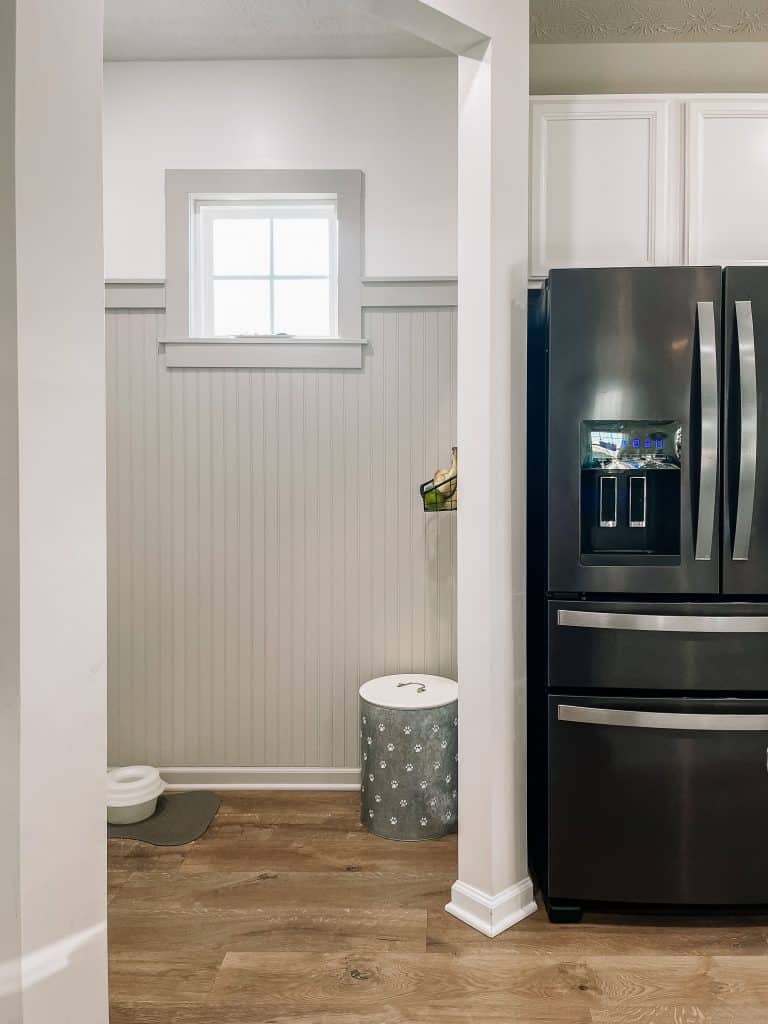
Can You Change The LRV In Paint?
Technically yes you can slightly change the LRV in a paint color! When at the paint store you have the choice of asking the paint specialist to lighten or darken your paint color. The correct term for this is tinting.
Every paint color has a formula. The paint specialist use that formula to make the color you request. You can lighten (add white) or darken (add black) that formula ever so slightly.
One way to say this when at the paint counter would be “Can I have this paint color tinted to 50% please?” That would lighten your choice of color by half of its normal strength!
Where Can I Find A Paint Color LRV Number?
Most LRV numbers will be present on the back of the paint color card. Or you can just do a quick google search to the brand of the paint color and they house all their numbers on their websites!
What’s a Good LRV for a Dark or Low-Light Room?
For a dark or low-light room, selecting a paint color with a higher Light Reflectance Value is beneficial! If it was me I would aim for colors with an LRV in the range of 60-85. These colors will reflect more light, helping to brighten up the space and make it feel more inviting.
Some of my favorites in this range are Alabaster, Snowbound and Swiss Coffee!
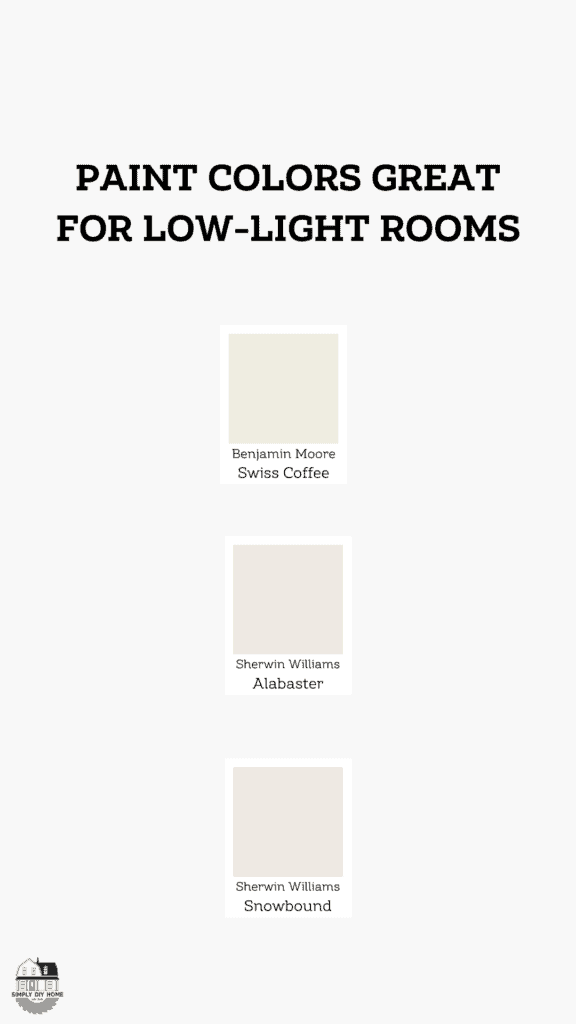
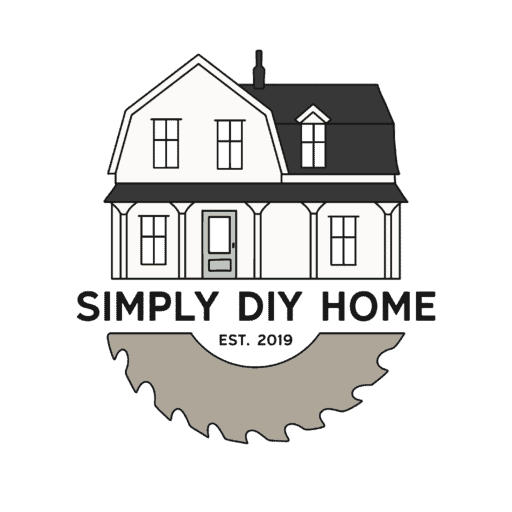
[Safety is of great importance when working on DIY projects. Always follow proper safety guidelines, wear appropriate personal protective equipment, and adhere to local building codes and regulations. READ MY FULL DISCLAIMER HERE.]
